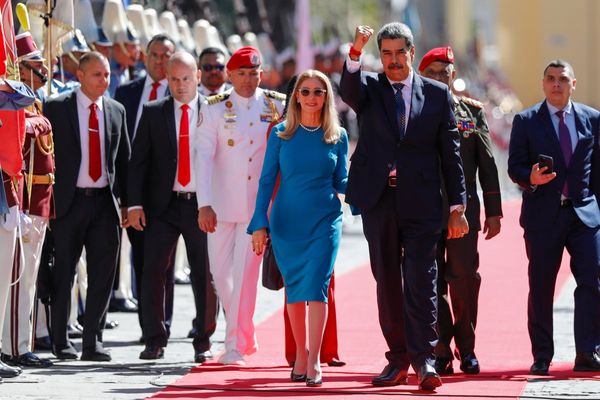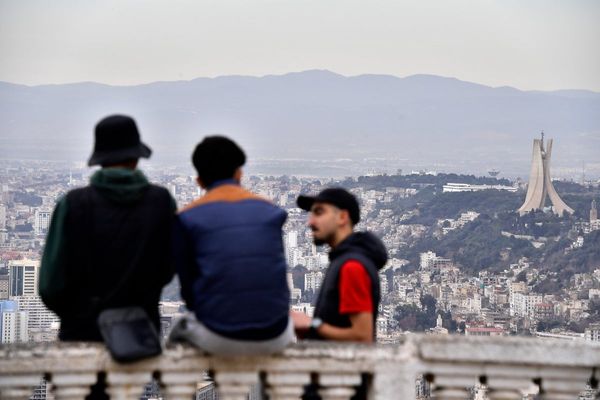
Smart cities using data captured by the Internet of Things (IoT) devices and processed with artificial intelligence (AI) are all the rage today among cities. Promoters tout the benefits these data-driven utopias, but as an urban planner, I tend to be sceptical of marketing hype. In the past, urban innovations painted visions that masked their real intentions and results. Urban renewal was sold as “garden cities,” but became black removal. Redevelopment during the 1980s eliminated small businesses and poor residents to make way for corporate offices, stadiums, and convention centers, leaving “ghost cities” with officials wondering why shoppers left for suburban malls. The race to attract “the creative class” has resulted in skyrocketing housing prices, gentrification, income inequalities and homelessness. As planners know, “the best laid plans of mice and men often go astray.” Smart cities are typically pitched as ways to make cities safer, healthier and wealthier, but is it true? What are their real impacts?
Smart Cities 1.0: The Inferno of Surveillance, Ticketing and Automated Pollution
Today’s smart cities were born from tragedy. After the 9/11 attacks, New York City and other cities installed 24×7 surveillance cameras and AI to protect public spaces through public-private partnerships (PPP) driven by cities and corporations. Cities routinely gather huge amounts of data in a top-down fashion without any public review. In China, social profiling is used to monitor political and social behavior as a way to control the right to travel, education and housing. In Toronto, Google touts its Sidewalk Lab as a way to revitalize the waterfront, but citizens are divided over growing concerns about the lack of data privacy and transparency.
To finance smart city initiatives after initial grants run out, many cities rely on smart metering to issue parking and traffic tickets. For many cash-strapped cities, smart ticketing has become a major new revenue source. However, from the perspective of sustainability, smart metering “automates pollution” by increasing the flow of gas-powered vehicles. To be truly smart, cities need to reduce their carbon footprint by promoting “smart mobility” — walking, biking, transit and electric vehicles (EVs).
Smart Cities 2.0: The Purgatory of Smart, Sustainable, and Resilient Cities
Since the Paris Accord, many cities are adding sustainability policies to their data-driven smart cities programs under the slogan: “What gets measured gets managed.” IoT sensors and AI are being deployed to manage and reduce traffic, energy use and carbon emissions. Many of these programs have been successful in quantifying and monetizing climate policies.
With the rapid increase in hurricanes, forest fires and other natural disasters, cities are adding resilience planning to their smart cities programs. AI-driven weather and damage forecasting tools are being sought by insurers, financiers, builders, first responders and cities who stand to lose many lives and tens of billions of dollars annually. As global warming increases, cities are now racing to use smart technologies to predict and manage fire, police, medical, water, sanitation, and other public services during and after disasters.
Smart cities are also developing innovative business models. Instead of requiring homeowners to install solar panels, the city of Palo Alto is buying renewable energy from solar grid companies on a competitive basis, accelerating the shift to clean energy while saving its citizens time and money. More cities will use open procurement to deploy smart grids quickly and cheaply. Cities are also exploring how to actively engage citizens and companies using smartphone apps managed by AI systems, such as San Francisco’s pioneering Civic Bridge Day where community groups and companies develop prototypes in order to win city contracts. Smart cities are learning to leverage hackathons and challenges to apply exponential technologies while ensuring citizen engagement, transparency, governance, and accountability among city agencies, citizens, businesses and visitors. Their ultimate goal is nurturing “smart citizen scientists” where everyone pitches in to improve city services.
Smart Cities 3.0: The Paradise of Green, Equitable Cities
The ideal for all city officials, citizens and businesses is the green city that is open, fair, safe and equitable – “the city on the hill” – which has become increasingly difficult to achieve due to gentrification, congestion, homelessness and growing income disparities. How can smart cities achieve the goals of high-quality schools and jobs, affordable housing, convenient transit, open space and rich cultural activities, while reducing energy use and carbon emissions under the Paris Accord? These goals are not luxuries or dreams; they are mandatory if we are to avoid runaway global warming and create cities worth living in. They can only be achieved if cities reinvest into their social infrastructure, which has been neglected for decades. VR/AR, IoT, AI, blockchain and other exponential technologies are powerful tools with the potential for improving and accelerating positive change, but only if we pursue wise urban policies. What are some of these? Higher density affordable housing near transit hubs in walkable communities, urban greenery to reduce carbon and stress, appealing public places that encourage art, music, sports and other social activities, innovative schools that bridge generations, and renewed civic pride in working together to improve our cities. We humans are social creatures who achieve our highest potential when we collaborate. Truly smart cities will nurture smart citizens. After all, cities are not just buildings and smart grids; they are people seeking to pursue their dreams of a better life.
Sheridan Tatsuno is co-founder of OneReality.com, which builds VR models for smart sustainable community planning and construction equipment training. He is a graduate of Harvard’s Graduate School of Design in housing and community development and has worked in the semiconductor and Internet industries. View Sheridan’s articles that analyze VR/AR, IoT and AI for smart sustainable city planning.







